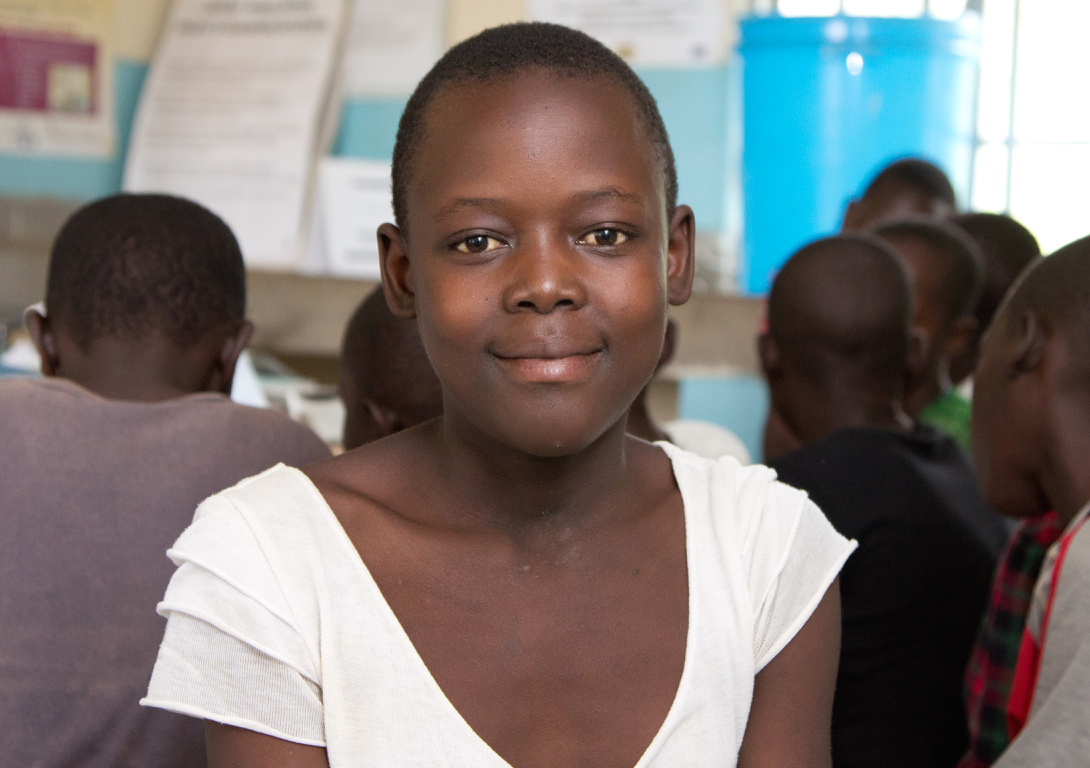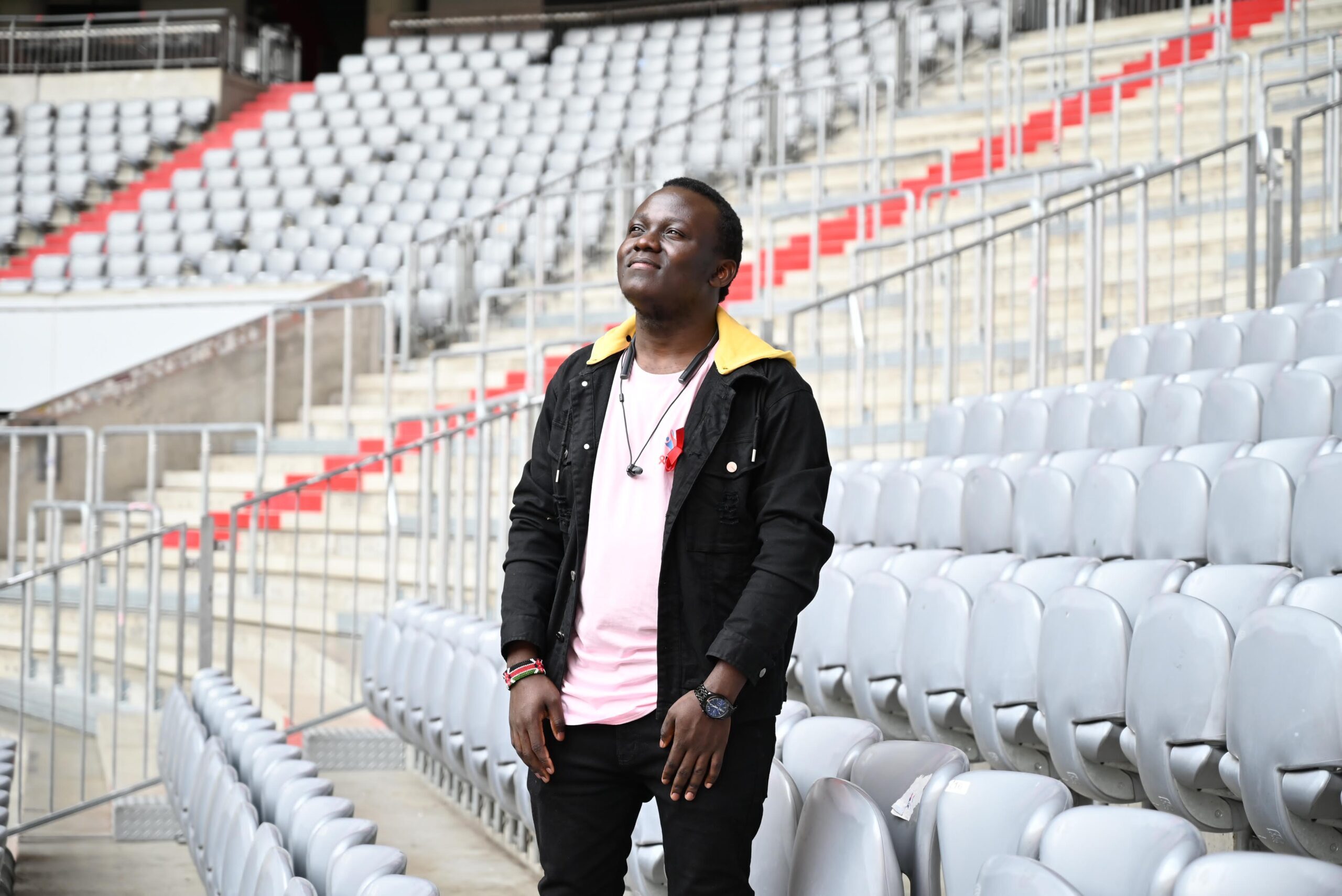Standing in front of a large crowd, 17-year-old Phenny narrates her experience of living with HIV. Phenny was born with HIV. She grips the microphone, as she bravely braces herself to address hundreds of congregants who had gathered for the adolescent health symposium in Homa Bay- the first of its kind in Kenya. This is not the first time she has spoken before a crowd. Ever since Phenny learned of her status years ago, she has had to defend herself from stigma and discrimination.
The stigma from family members, neighbors and other school children, Phenny revealed, led her to boycott her critical and life-saving HIV treatment.
“My neighbor would tell people that I would infect them with AIDS,” said Phenny, “It made me feel so badly that I wanted to die.”
Phenny stopped taking her antiretroviral drugs (ARVs) on three separate occasions but was supported to get back on treatment by a dedicated nurse from a different health facility than the one Phenny visits.
Doureen Agina, an HIV patient support specialist in Kandiege, Kenya (supported by EGPAF ), has been a ray of light for Phenny when she faced dark times and neglected to take her medication. Doureen is among the 500 clinical officers that EGPAF supports in Homa Bay County through a county human resource-strengthening program to help address the shortage of healthcare workers in the area.
Doureen encouraged Phenny to get back on treatment by mediating meetings with Phenny’s family members and went above and beyond the scope of her duties to help Phenny confidently disclose her HIV status to other children in her school.
“Phenny told me that she wanted to tell other children about her status during the school assembly so I went and talked to the school teacher and she was able to disclose [her status] to the entire school,” said the clinician.
Stigma and discrimination are strong contributing factors to poor antiretroviral therapy (ART) adherence and low uptake of HIV counselling and testing among youth, says Deputy Governor of Homa Bay, Hamilton Orata, also noting that adolescents, especially for young women, who often bear the brunt of the HIV epidemic.
The Kenya AIDS Indicator Survey 2012 showed that 16 percent of people living with HIV and in need of ARV treatment in Kenya, are adolescents and youth. The deputy governor attributed the high prevalence rates of HIV among youth to limited access to information and sexual and gender based violence among young women and girls – increasing their vulnerability to HIV while reducing their ability to negotiate for safer sex, and to advocate against unwanted teenage pregnancies and child marriages.
According to the Kenya HIV County Profiles 2014, Homa Bay has the highest prevalence of HIV with a rate of 25.7 percent or 140,600 people living with HIV in the county. The estimates for adolescents living with HIV are not made available by profile, but according to the 2015 annual progress report (APR 15) Pamoja Program Data, adolescents account for approximately 9% of people with HIV. Consequently, there are 12,654 HIV-positive adolescents living in Homa Bay alone.. Nationally, there are 1.6 million people living with the disease in Kenya.
Phenny finished her powerful speech by encouraging other HIV positive youth to adhere to treatment and made a special request to the boys – asking them to ‘zip up’ – (a call that received a standing ovation from the crowd), and also one to her fellow female students, asking them to 'shut down downstairs and open upstairs' – used to mean they should pay more attention to education and rather than sex.
Phenny is hopeful that as a leader of a support group, she can help other youth living with HIV to live to their full potential.




